Phylogenetics - Back to Basics - Terminology
Contributors
last_modification Published: May 10, 2024
last_modification Last Updated: May 10, 2024
Phylogenetic tree of hexapods
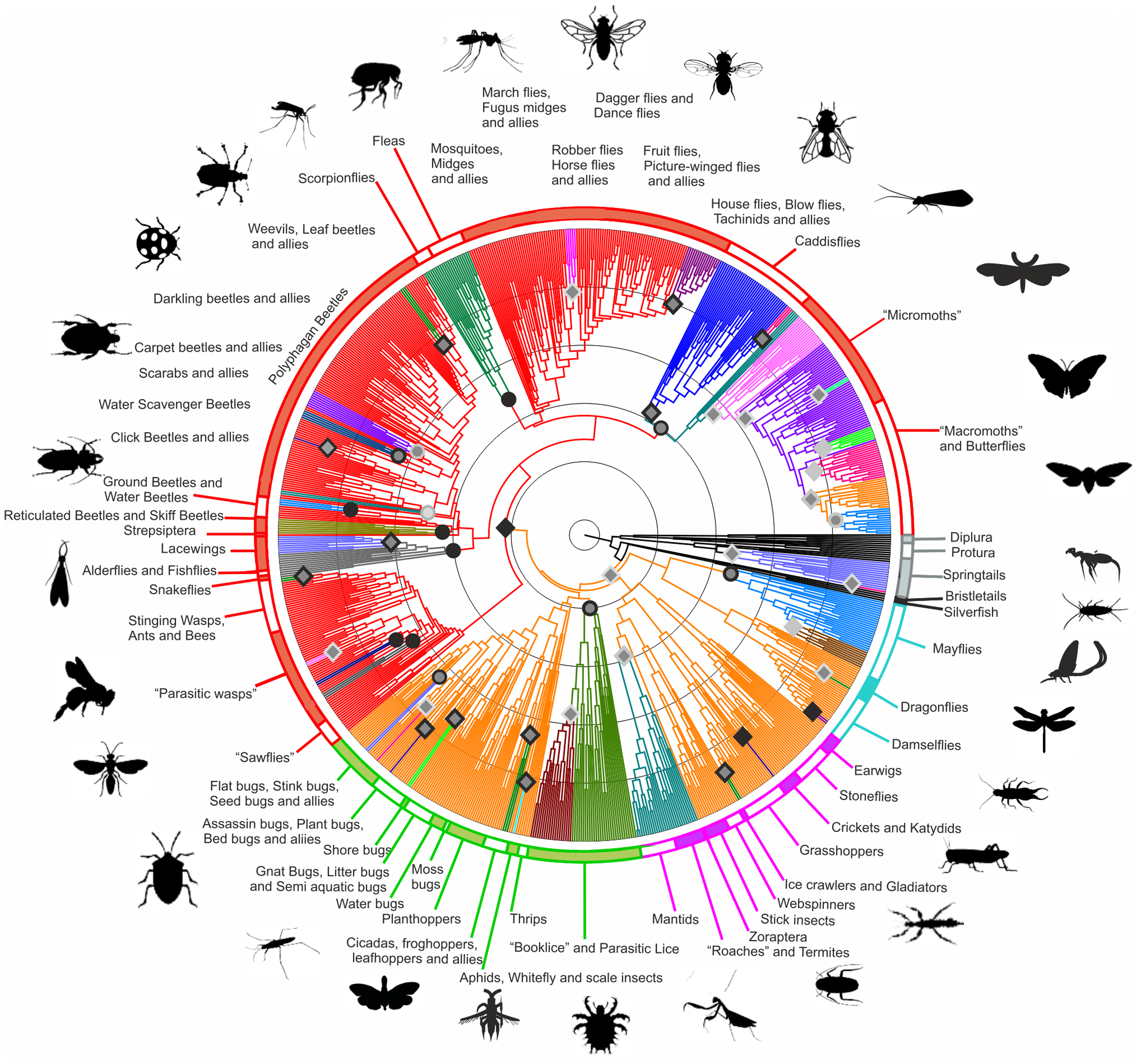 .right[https://doi.org/10.1371/journal.pone.0109085; CCBY 4.0 DEED license]
.right[https://doi.org/10.1371/journal.pone.0109085; CCBY 4.0 DEED license]
Beginning with the leaves of the tree only
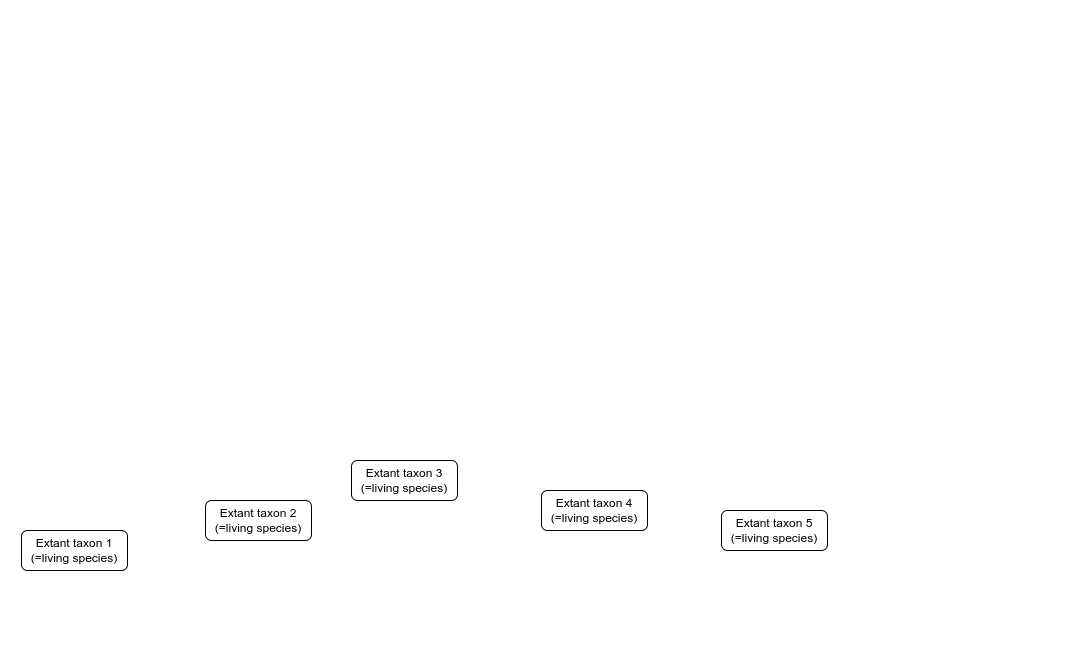
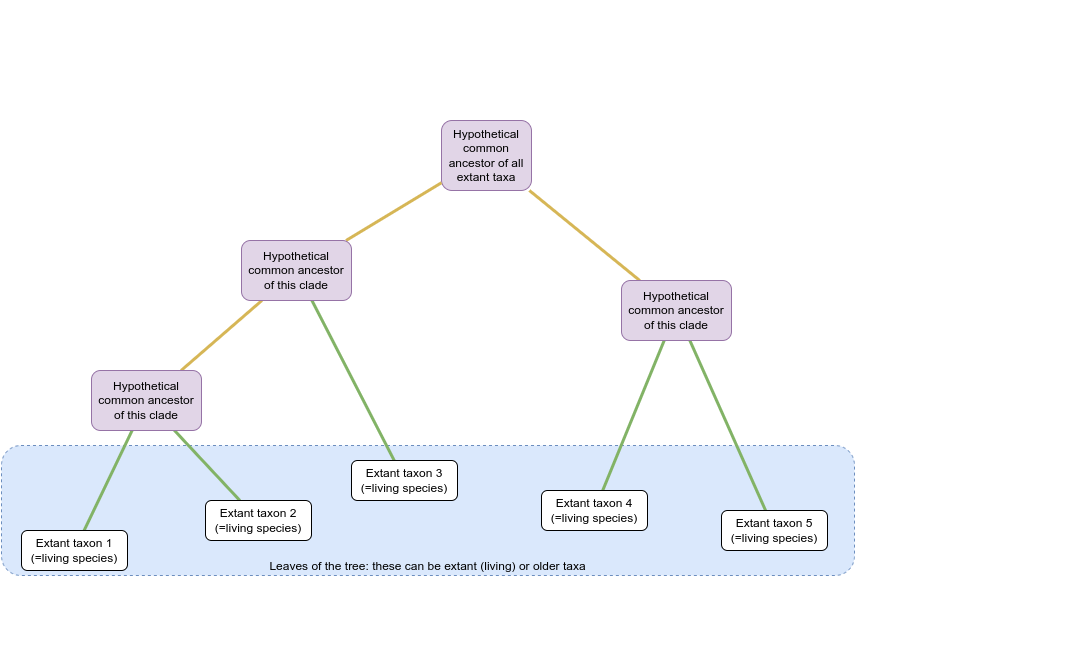
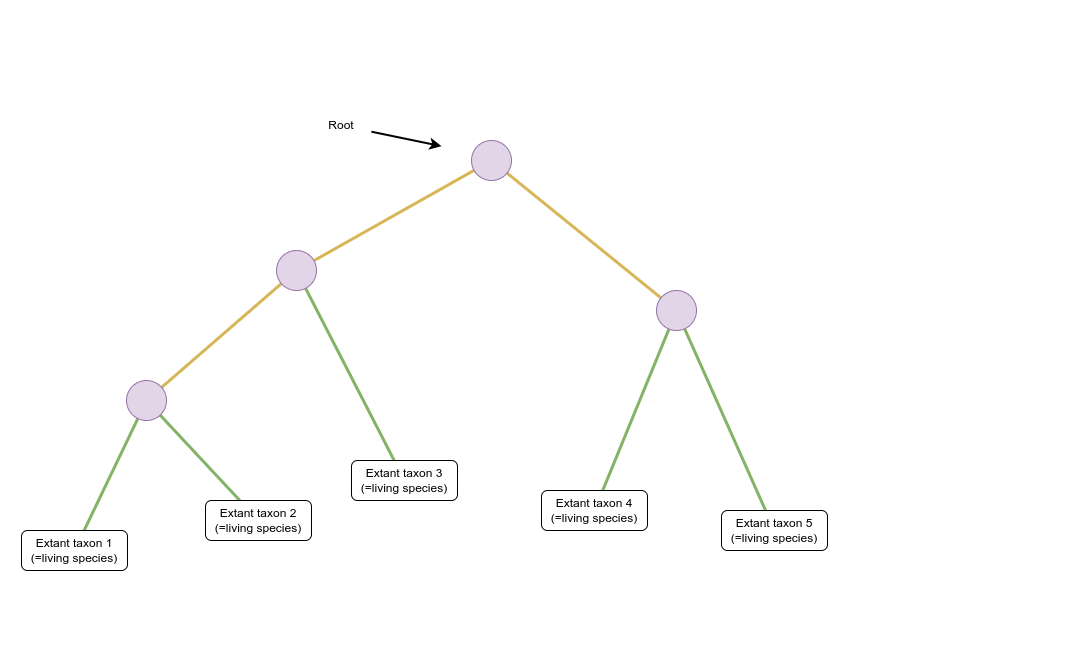
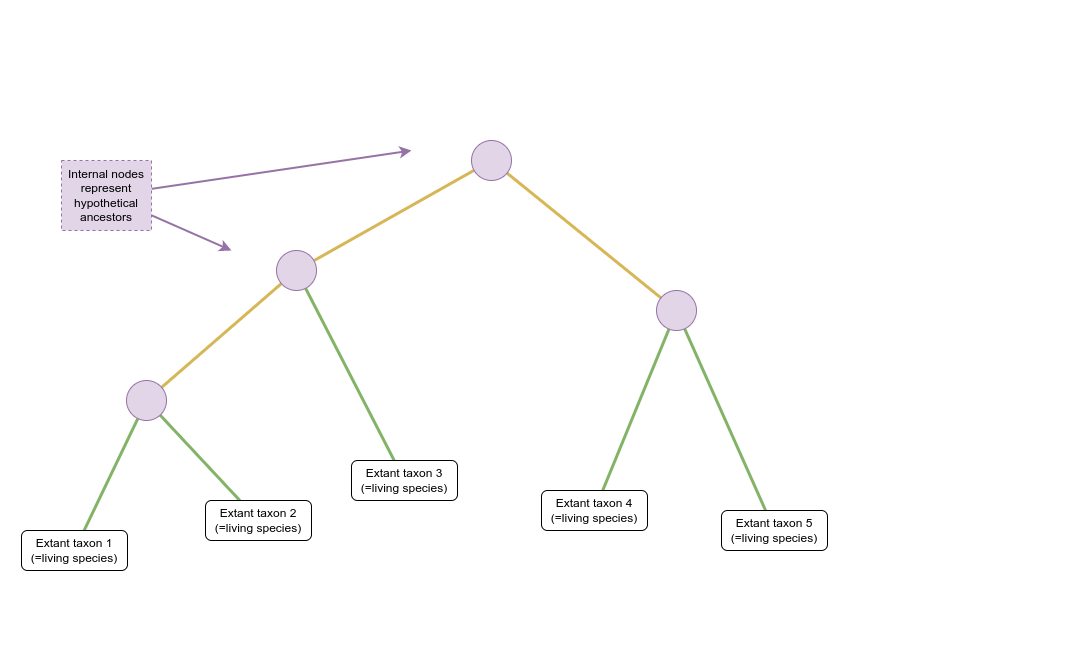


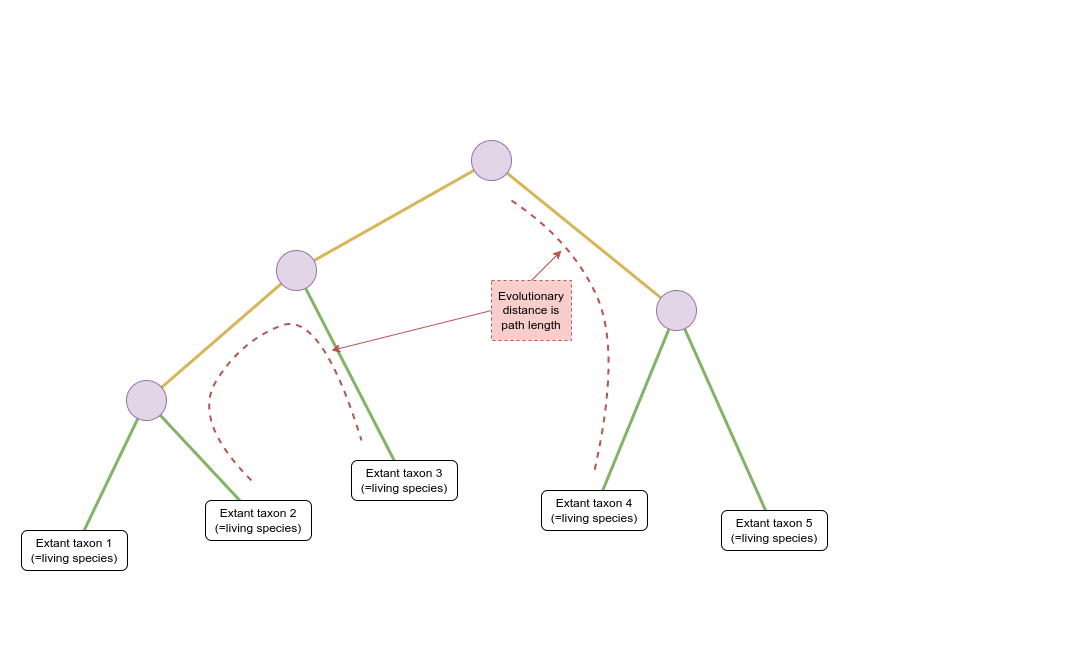
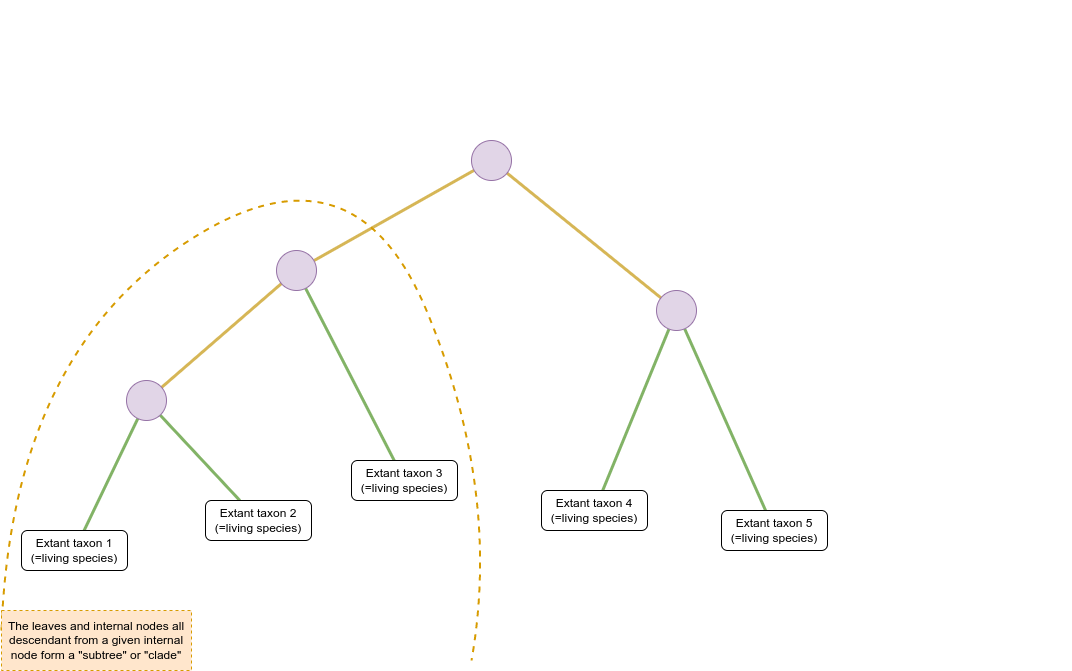
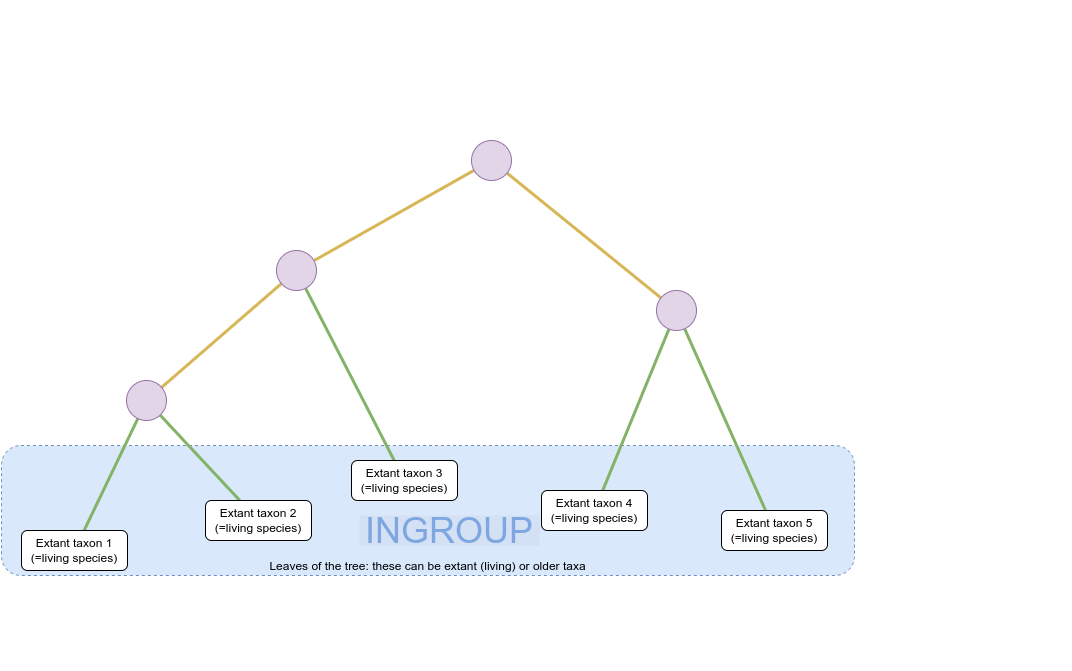
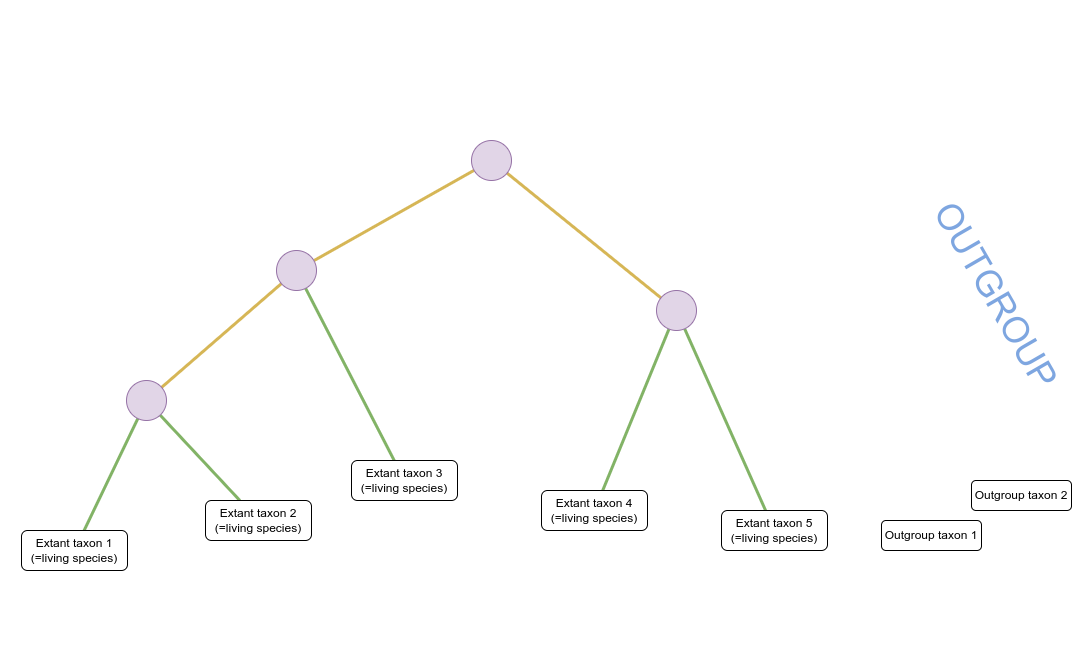
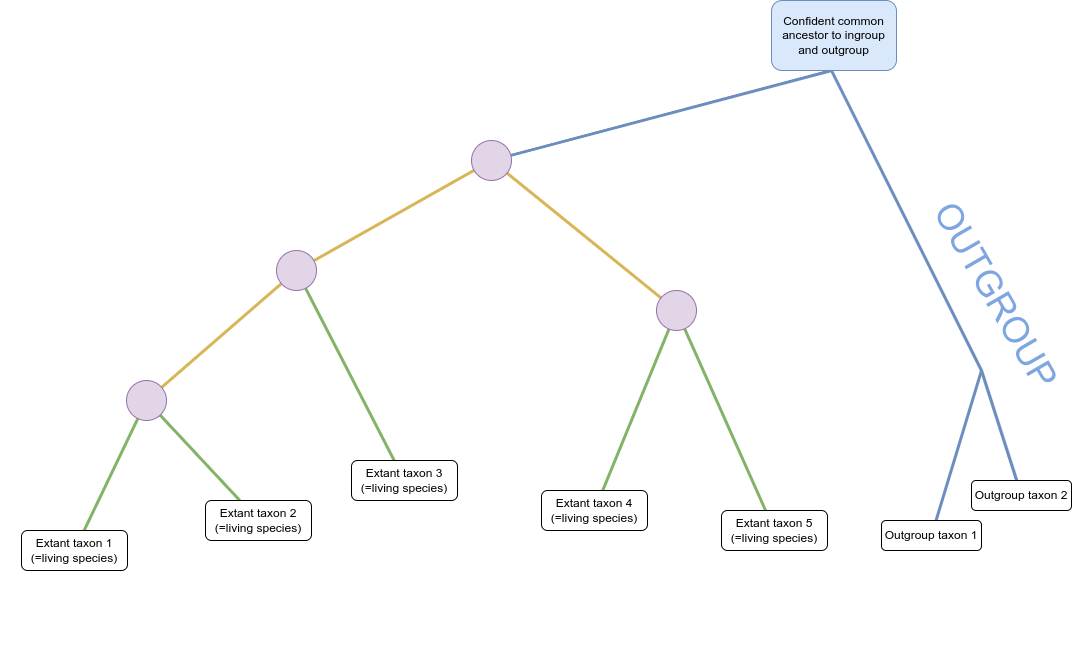

Thank you!
Next - alignment!
Thank you!
This material is the result of a collaborative work. Thanks to the Galaxy Training Network and all the contributors! Tutorial Content is licensed under
Creative Commons Attribution 4.0 International License.
Tutorial Content is licensed under
Creative Commons Attribution 4.0 International License.